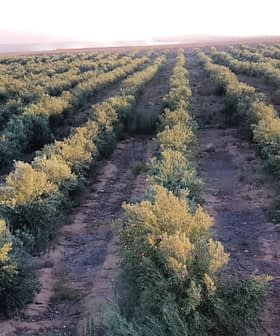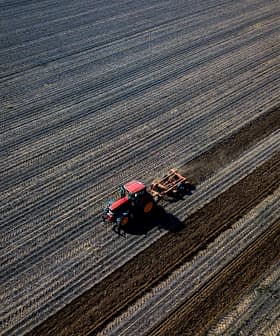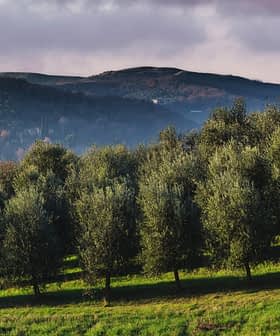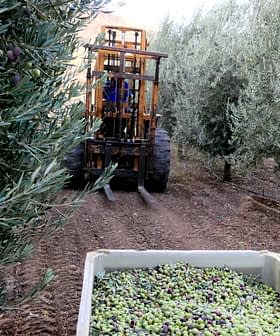By Lori Zanteson
Olive Oil Times Contributor | Reporting from Los Angeles
The olive oil industry in California continues to expand through investment and innovation and, as the American appetite for olive oil soars, the state is in a position to meet the growing demand, according to the California Olive Oil Council (COOC) report, 2010 California Olive Oil Industry Survey Statistics.
Our goal is to educate people about why extra virgin olive oil is so important
The report takes a look at the expansion in California’s extra virgin olive oil industry since the last report in 2004 and provides a portrait of an industry enjoying growth at a time when many industries are scaling back..
Olive oil production is up about 30 percent this year and is expected to exceed one million gallons by early next year, an amount that surpasses France. Patty Darragh, long time director of the COOC, is very pleased by the positive changes in the California olive oil industry since the inception of the industry group 18 years ago. “We have grown very dramatically since 1992,” says Darragh. “What’s really exciting is we estimated we’d produce 1.1 million gallons, but it gave people the opportunity to do a comparison to a country very well known as a producer, which is thrilling.”
Darragh
The report says the total acreage of olive orchards planted for olive oil production including those planted for table production is “likely higher than 32,000 acres and could be as high as 41,000 acres.” California farmers are planting 8,000 acres of trees each year, many at super high-density (SHD) of 500 to 900 trees per acre that are expected to reach maturity at 4 years. The report estimates an average yield of 40 gallons per SHD acre.
The 650,000 gallons of oil produced in 2008 increased to 870,000 gallons the very next year. All signs indicate this growth will continue in the coming years. Not only are more olives being planted and coming into harvest, but the number of mills is increasing, as well as the rate at which they process the olives. Large growers aren’t the only participants, either. Small farms and mills, as well as other businesses such as wineries, are adding olive plantings and processing facilities.
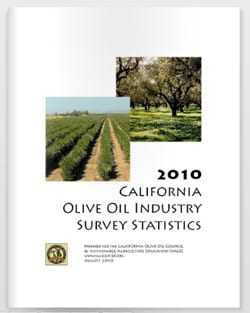 None of this would be happening without strong consumer demand. According to the report, annual US consumption of olive oil has increased from 30 million gallons a year to almost 70 million in the last two decades. Though California produces almost all of the domestic extra virgin olive oil consumed in the country, the US imports almost 99 percent of the olive oil it consumes. The findings in this report indicate the potential for California to “increase production to meet all of the US olive oil demand.”
None of this would be happening without strong consumer demand. According to the report, annual US consumption of olive oil has increased from 30 million gallons a year to almost 70 million in the last two decades. Though California produces almost all of the domestic extra virgin olive oil consumed in the country, the US imports almost 99 percent of the olive oil it consumes. The findings in this report indicate the potential for California to “increase production to meet all of the US olive oil demand.”
That demand is fed in large part by consumer education, a trend referred to in the report. Says Darragh, “Our goal is to educate people about why extra virgin olive oil is so important. It’s a healthy fat that’s good for our bodies, that everyone needs in their body.” As a result of the efforts by the COOC, the UC Davis Olive Center, and so many growers, producers and retailers, the information is flowing and consumers are learning about olive oil. Tasting rooms are opening at a rate of one per month. Darragh sums up this growing success, “We want to capture a larger segment of the pie and extra virgin olive oil is a great choice to make.”




